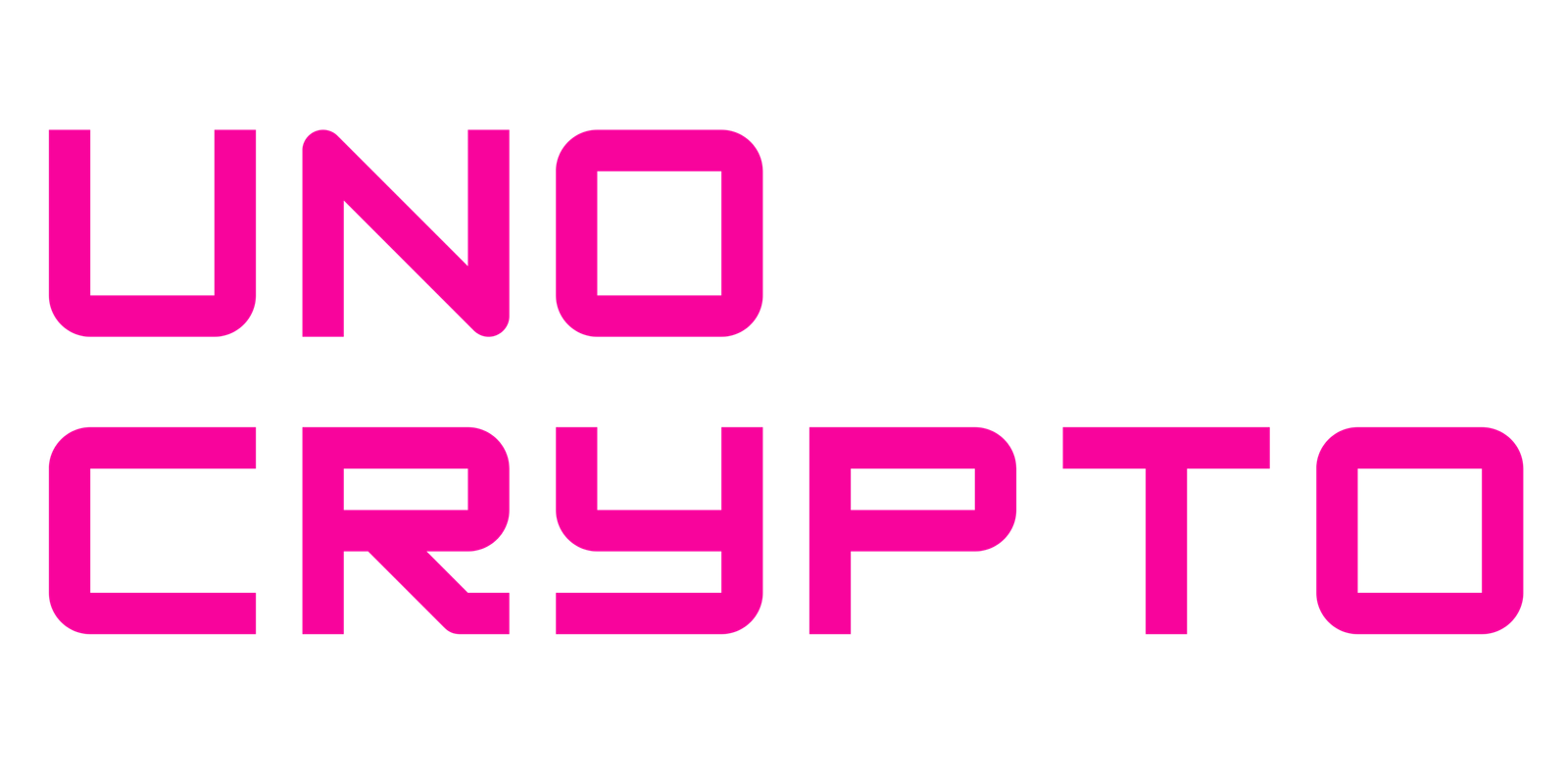The Commodity Futures Trading Commission’s Division of Market Oversight issued an advisory today that explains how non-U.S. exchanges can register as foreign boards of trade when they give traders in the United States direct market access.
The move covers all markets, including traditional and digital asset trading. The agency said the advisory aims to clear up long-standing confusion and provide a legal path for firms that left the U.S. under recent enforcement pressure.
What does the advisory cover?
The guidance spells out when a foreign exchange must seek FBOT registration. It applies to entities that are legally formed and operate outside the United States.
The advisory also says the FBOT framework is meant for any asset class which includes tokenised assets and other digital products. The CFTC offered details on requirements and the steps needed to register.
Pham frames the change
Acting Chairman Caroline D. Pham said the advisory restores clarity that was lost in recent years. She argued that clearer rules will let trading activity return to U.S. markets.
Pham said the CFTC’s existing registration categories are practical and fast. She added that Americans can once again trade on foreign exchanges that meet FBOT rules.
Pham also tied the effort to the agency’s broader push under the current administration to move crypto policy forward.
Why does the move matter?
Industry groups and firms had asked for guidance after a string of enforcement actions created uncertainty. Exchanges and trading firms faced hard choices about where to base operations.
Some moved offshore to avoid legal risk, and the advisory is meant to reduce that pressure. It provides a defined route for foreign platforms to offer services to traders who are physically inside the United States.
Also Read: Crypto Exchange Gemini Files Complaint Against CFTC, Alleging Seven-Year “Lawfare” Campaign
Registration questions and past confusion
Officials said the DMO has seen many questions about when an exchange should register as a designated contract market and when it should use the FBOT route.
Recent actions by the agency created a split in how these rules were applied, according to the advisory. The new guidance reiterates long-standing CFTC practice and aims to align current enforcement with decades of precedent.
Scope for digital assets and new products
The advisory makes clear that the FBOT rules are not limited to traditional futures or options. They extend to newer products and markets that have emerged in recent years. That includes markets that trade digital and tokenised assets.
The CFTC said it wants to keep U.S. traders connected to deep and liquid global markets while ensuring they trade under clear rules.
Public feedback and rulemaking stance
The CFTC said it is open to public input as it shapes crypto policy, and the agency invited comments to help craft rules that protect traders and market integrity.
Officials stressed they do not want to burden innovators with rules that push projects overseas. The call for feedback is part of a stated aim to balance safety and access.
Possible market effects
If foreign exchanges do register as FBOTs, more trading may take place under U.S. oversight. Firms that left could have a route back, and that could increase market depth in some products and give U.S. traders more options.
At the same time, legal and compliance hurdles remain. Firms will still need to meet registration rules and handle know-your-customer and liquidity challenges.
Industry watchers will watch how quickly exchanges decide to apply. Some may act fast, and others will wait for more details about how the CFTC enforces the rules in practice.
The advisory removes a layer of doubt, but it does not erase all regulatory complexity.
Also Read: U.S. CFTC Launches New Crypto Sprint Initiative to Explore Integration of Spot and Futures Trading


